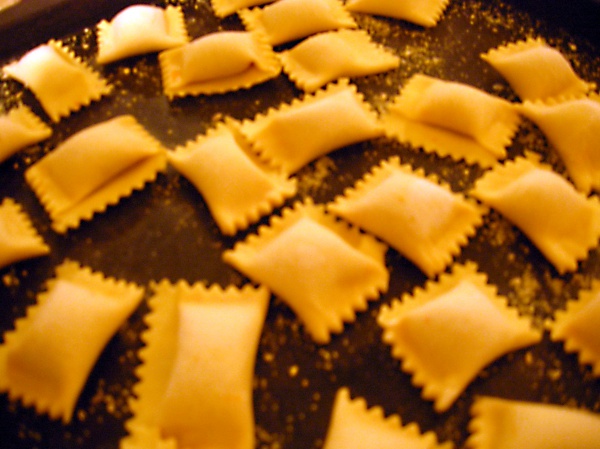Facts About Agnolotti
Agnolotti is a delightful type of pasta from Italy's Piedmont region. Picture small pieces of pasta dough, folded over a savory filling of roasted meat or vegetables. The name "agnolotti" is actually the plural form of "agnolotto" and there is a charming legend suggesting it may have originated from a cook named Angiolino, who is credited with creating this delectable dish.
Agnolotti comes in two main varieties: "di magro" indicating a vegetable filling, and "di grasso" denoting a meat filling. Traditionally, these pasta pockets are square-shaped, but there is also a smaller, rectangular version called agnolotti al plin. The term "plin" means "pinch" in Italian, referring to the technique of pinching the dough closed around the filling.
Cooking agnolotti is simple: just boil them in water. They are often served with a rich beef broth and melted butter, or a fragrant sage and butter sauce. While a sprinkle of Parmigiano-Reggiano cheese on top is a common finishing touch, you won't find cheese inside the agnolotti themselves. This dish is a source of Piedmontese pride, distinct from anolini, a similar pasta from Piacenza.
If you ever visit the Monferrato region in Piedmont, you might encounter a unique variation of agnolotti filled with donkey meat. This local specialty adds even more diversity to this already versatile pasta.

 Switzerland
Switzerland